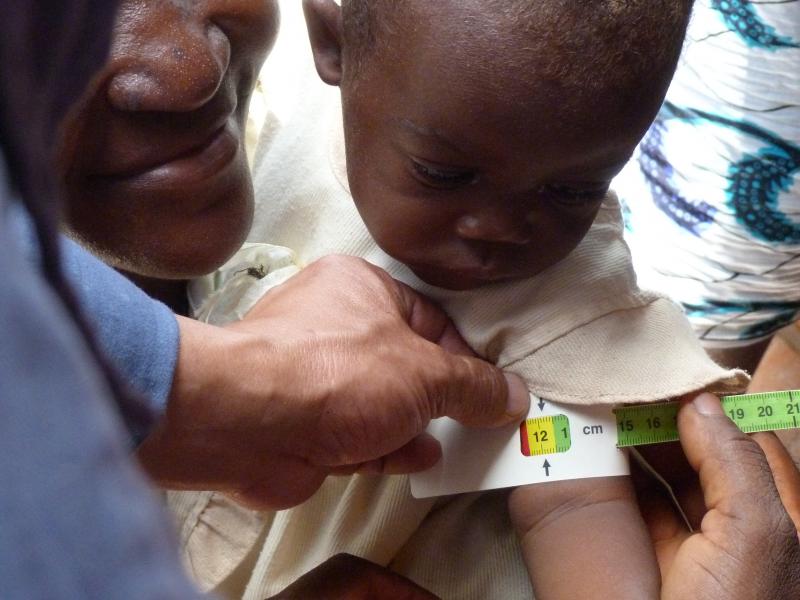Screening communities for micronutrient deficiencies

Description of the innovative solution
Hidden hunger, also known as micronutrient deficiencies, is defined as the lack of vitamins and minerals. Hidden hunger results in various health issues, often exhibiting generic symptoms making it difficult to diagnose. Long-term and acute deficiencies can result in severe health issues, such as impairment in growth and increased risks of infectious diseases. Moreover, micronutrient deficiencies may contribute to socioeconomic gaps within populations. The World Health Organization estimated that worldwide 2 billion people - particularly in Sub-Saharan Africa and South Asia - suffer from...
Hidden hunger, also known as micronutrient deficiencies, is defined as the lack of vitamins and minerals. Hidden hunger results in various health issues, often exhibiting generic symptoms making it difficult to diagnose. Long-term and acute deficiencies can result in severe health issues, such as impairment in growth and increased risks of infectious diseases. Moreover, micronutrient deficiencies may contribute to socioeconomic gaps within populations. The World Health Organization estimated that worldwide 2 billion people - particularly in Sub-Saharan Africa and South Asia - suffer from hidden hunger. Insufficient data on its occurrence impedes developing proper strategies against it. The bottleneck remains in the accessibility of the current diagnostic tests, such as high-performance liquid chromatography and mass spectrometry, in countries with insufficient economic and logistical means. This solution focuses on increasing affordable access for testing to more people in more places, minimizing the need for the laboratory-based screenings and eventually helping to reduce national inequalities in malnutrition.
Examples and additional resources
Real-world examples
See this solution in action in different contexts and settings around the world
AptaVita
AptaVita
AptaVita
Additional resources
Learn more about this solution through studies, articles, business cases, and other information
Contacts
Connect to others working on and with this solution around the world
Pathways to uptake
Engage with our “backcasting tool” to imagine and design “pathways to uptake” for this solution in your setting.
This process involves defining a future vision of this solution being used in your context, and then working “backwards” to identify necessary steps to achieve this vision by 2030. Going through this exercise as an individual or with a team can help to clarify the WHAT/WHEN/HOW of moving a solution (or package of solutions) towards having major impact. We hope these pathways will inspire outside-of-the-box thinking, creative approaches, and actionable concrete steps to move ideas into action.
Pathway builder
Explore pathways for this solution
Be the first one and add a pathway for this solution!